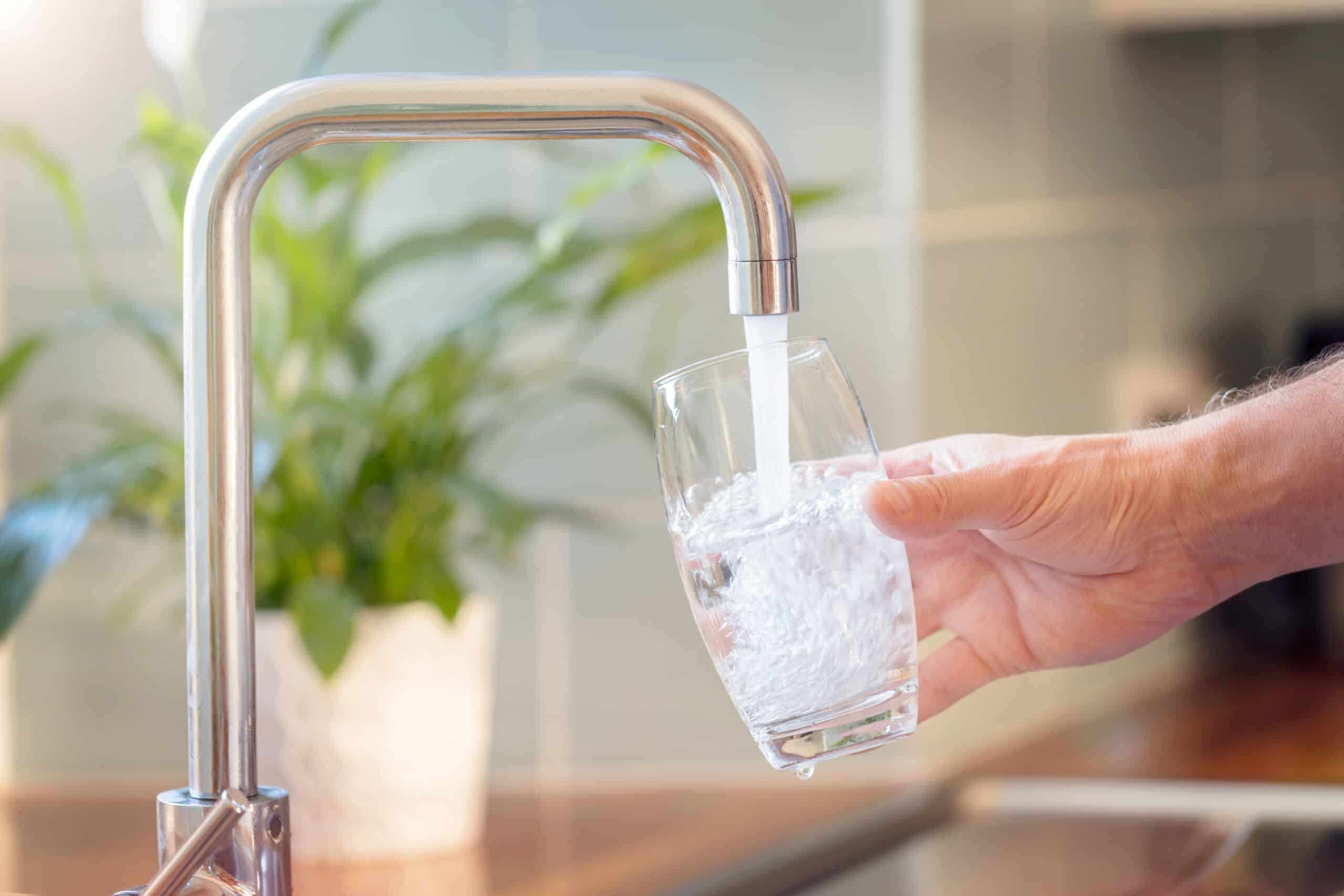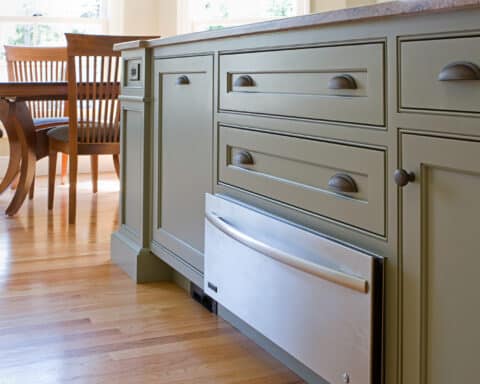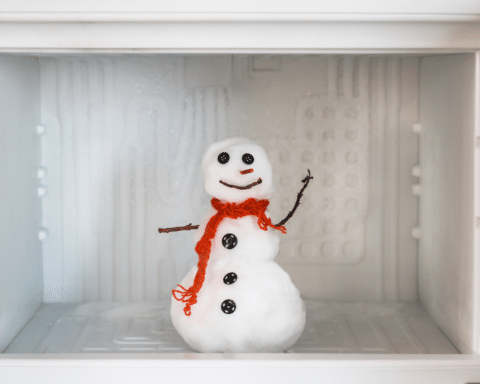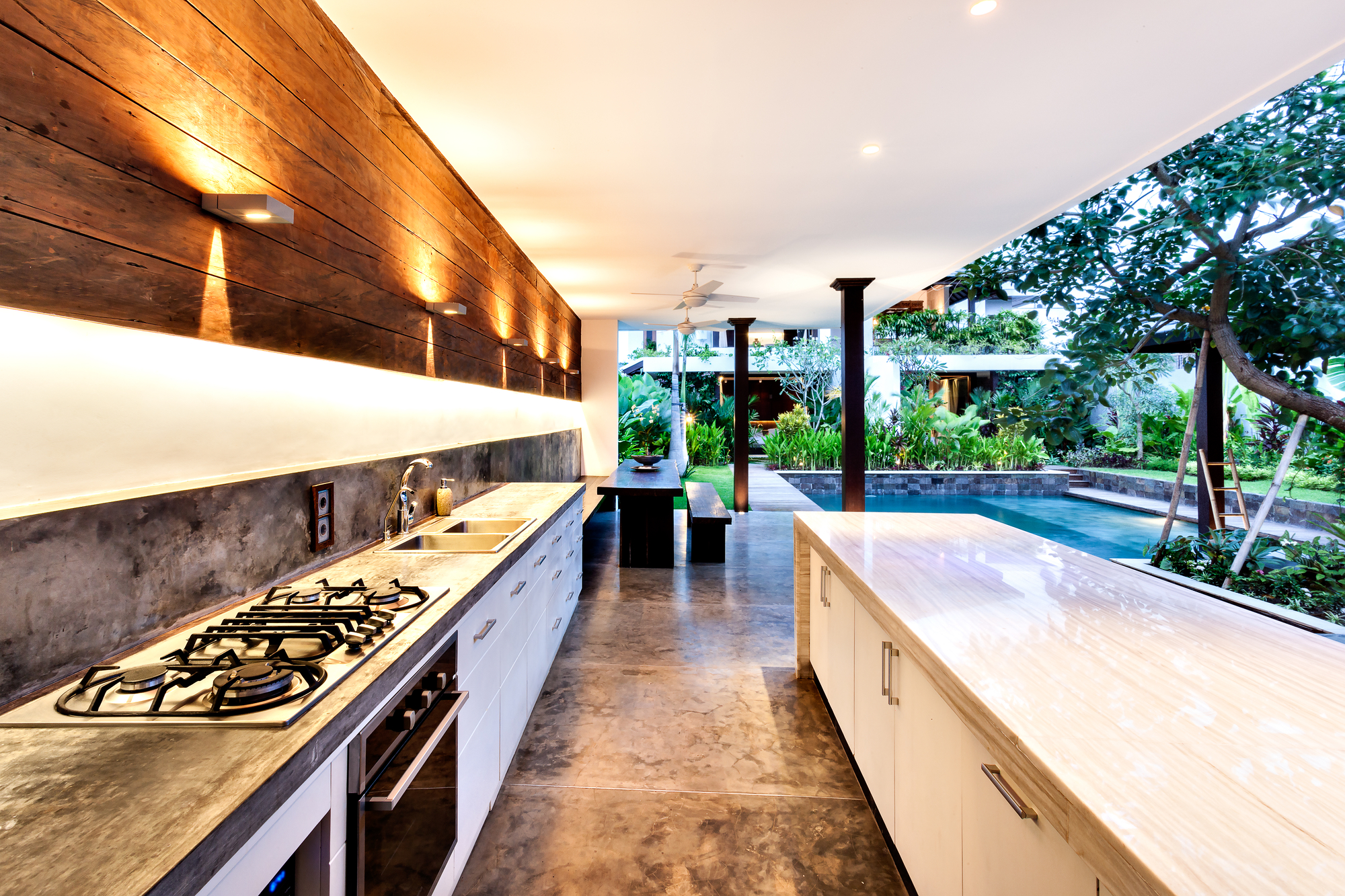The heart of any kitchen is its faucet. This humble fixture is used countless times per day – from filling pasta pots to rinsing dishes – and has a huge impact on your cooking experience. If your kitchen is feeling tired and dated, installing a new faucet can make a world of difference. With today’s innovative faucet technologies and variety of styles, you can easily find the perfect faucet to match your kitchen’s look and meet your family’s needs. In this article, we’ll walk you through how to choose the right kitchen faucet to revitalize your space. We’ll look at different faucet types, features, finishes, and installation considerations. A new faucet can make your kitchen feel brand new again – read on to learn how to find your dream faucet and take your kitchen up a notch!
Understanding The Basics of Kitchen Faucets
At the center of every kitchen is a reliable kitchen faucet. It is an important device we often take for granted. Whether it’s for washing dishes, rinsing vegetables, or filling a pot for cooking, the kitchen faucet serves a critical role in ensuring a smooth-sailing culinary experience.
There are variations of kitchen faucets available, each with unique features that cater to different needs. They range from the classic single hole types to the more advanced kitchen faucet models that offer features like an escutcheon or a magnetic docking spray head.
The Importance of Faucet Functionality
Beyond aesthetics, functionality should be the prime consideration when selecting your kitchen faucets. These fixtures should effectively make kitchen tasks easier and more convenient. They should include features such as a sweep spray, rinse pull, tight valves, and a high arc for cleaning large pots.
For instance, take the rinse kitchen faucet that not only ensures clean utensils but comes with a powerful magnetic docking spray head that allows the spray head to be stored securely after use. Extra features provide more convenience and increased cleaning power. These faucets also tend to include side sprays for flexibility and an additional rinse option.
How to Choose the Right Faucet for Your Kitchen
The right faucet for your kitchen largely depends on your preference, budget, kitchen design, and intended use. If you value longevity, considering a kitchen faucet with a limited lifetime warranty is a great way to ensure quality and reliability.
If you’re after a unique and timeless look, the bridge faucet might be your best bet. This design, often seen in traditional and country-style kitchens, adds a touch of old-world charm while retaining modern functionalities. Will you be using the faucet heavily? Then you might want to invest in one that includes a lifetime warranty.
When choosing kitchen faucets, it’s important to keep note of your selection, price, function, and style. This helps in maintaining organization and ensuring you’re making the right choice for your home. Aside from considering the faucet itself, it’s essential to factor in the signature hardware that comes with the faucet. This usually includes the mounting hardware, supply lines, and sometimes even the sink and countertop. For convenience, there are kitchen faucets that fit – right out of the box – into pre-drilled holes in the kitchen sink.
Types of Kitchen Faucets
Choosing the right kitchen faucets for your home involves considering both functionality and aesthetics. Let’s explore the various types to help you make an informed choice.
Touchless Faucets
Touchless faucets, also known as sensor faucets, provide a convenient and hygienic solution. They include a motion sensor, so you can activate the flow of water without touching them – simply wave your hand near the sensor and the water will turn on.
Single Handle Faucets
Single handle faucets are a common choice for many homeowners. They have one handle that controls the temperature and the water flow. This simple design makes them easy to use even with just one hand.
Dual-handle Faucets
Dual-handle faucets give a traditional look to your kitchen and allow for precise temperature control. Each handle controls either the hot or the cold water supply, making it easy to get the perfect water temperature.
Pull-down Faucets
Pull-down faucets come with a spray head that can be pulled down into the sink. This is helpful for rinsing dishes or cleaning the sink itself. Many models even provide a sweep spray feature, delivering a powerful spray for quick cleaning.
For pull-down faucets, look for models with a magnetic docking spray head. It keeps the spray head in place when not in use.
Pull-out Faucets
Pull-out faucets feature a spray head that pulls out horizontally rather than downwards. These faucets are ideal for kitchens with less vertical space or where the sink is under a cabinet.
Commercial-style Faucets
Commercial-style faucets have a professional look and functionality. They often include a flexible hose and spray head for efficient cleaning, providing you with a professional experience right at home.
Bridge Faucets
Bridge faucets have a design that connects the hot and cold water handles with a bridge. This classic design is often chosen for traditional-style kitchens and is now available with modern features. Consider bridge faucet models with a single hole design. They are easy to install and provide a clean, streamlined look.
Pot Filler Faucets
Pot-filler faucets are a type of kitchen faucet designed to easily fill large pots with water. They are mounted on the wall behind the stove and have an arm that swivels out toward the cooktop. Pot-filler faucets allow you to fill pots directly on the stove without having to carry heavy water-filled pots from the sink.

How to Install Functional Kitchen Faucets
Tools and Materials Needed for Faucet Installation
Installing a new kitchen faucet requires gathering the right tools and materials ahead of time. You’ll need a basin wrench to loosen the nuts connecting the old faucet, as well as an adjustable wrench. For connecting the new faucet, you’ll need Teflon tape and pipe joint compound. Make sure you have all the necessary washers, gaskets, and other small parts that come with the new faucet. You may also need a flashlight to see up under the sink.
Have some clean rags on hand to wipe up any water drips or spills. Make sure to turn off the water supply valves under the sink before beginning. Once you have all your supplies ready, you can get started replacing your kitchen faucet.
When to Hire a Professional Plumber
Installing a new kitchen faucet may seem like a simple DIY project, but there are times when it’s wise to call in a professional plumber. If you need to make modifications to your existing plumbing lines to accommodate a new faucet, like moving supply lines or installing a widespread faucet, it’s best to have a plumber handle it. They have the expertise to ensure the job is done correctly and up to code.
Similarly, if your sink has a non-standard configuration or you want to add new features like a soap dispenser or filtered water tap, a pro can make sure everything is properly integrated and there are no leaks. The cost of hiring a plumber is well worth it for the peace of mind that your new faucet is installed safely and works perfectly for years to come.
Choosing the Right Faucet for Your Needs
In summary, kitchen faucets are an important element in any kitchen. They allow us to easily access water for cooking, cleaning, and drinking. While simple faucets used to be the norm, today there are many options available, including pull-down, pull-out, and touchless faucets. Key considerations when selecting a kitchen faucet include the number of handles, spout reach and height, finish, and special features like a built-in water filter. High-end faucets may also offer motion-sensing technology and smart capabilities. No matter what style is chosen, a kitchen faucet should be durable, easy to use, and match the existing decor. With all the choices on the market, homeowners can find the perfect faucet to suit both form and function in their kitchen.
Look to High Performance Home for Appliance Recommendations
If you need help selecting the perfect kitchen faucet for your home, our team at The High Performance Home can help guide you to the right model for your needs and style for your new home or remodel.
At High Performance Home, our mission is to connect various stakeholders in the home industry to drive value. By fostering alignment and collaboration, we seek to uplift the quality and performance of housing. Whether you’re looking for the perfect faucet or need help with a full home redesign, our team can provide expert recommendations and guidance along the way. Contact us today to get started.
Frequently Asked Questions
What features should I look for in a kitchen faucet?
When shopping for a new kitchen faucet, there are several features to consider. Look for a faucet with a high arch or tall spout to allow more clearance for washing large pots and pans. The spout reach is also important – a long spout makes it easier to fill pots anywhere on the stove or reach into the corners of a large sink.
Other useful features include a pull-down or pull-out spray head for extra maneuverability, multiple spray settings like stream and spray, a single lever handle for ease of use, and smooth actions when turning the faucet on and off. Choose a durable faucet made of quality materials like metal that will withstand years of regular use without leaking or breaking down. The finish should also resist spots, rust, and tarnish.
What is the average cost of a kitchen faucet?
Kitchen faucets can vary widely in price, but most standard kitchen faucets cost between $100 and $300 on average. Factors like the finish, style, features, and brand name can impact the price.
How do I properly clean and maintain my kitchen faucet?
It’s important to regularly clean and maintain your kitchen faucet to prevent buildup and keep it functioning properly. Start by wiping down the exterior of the faucet weekly with a soft, damp cloth to remove any dust, grime, or water spots. Use a non-abrasive cleanser and avoid harsh chemicals that could strip the finish. For a more thorough cleaning, remove the aerator attachment and soak it in white vinegar to dissolve any mineral deposits that may have accumulated. You can also use a toothbrush dipped in vinegar to gently scrub the nooks and crannies around the faucet spout opening.
How often should you replace your kitchen faucet?
Kitchen faucets typically last around 10-15 years before needing replacement. However, there are a few signs that indicate it may be time to replace your faucet sooner. If you notice leaks, dripping, reduced water pressure, rust, loose handles, or difficulty turning the faucet on and off, it is probably time for a new one. Faucets with touch sensors and pull-down sprayers may need replacing sooner as the technology wears out over time. Regardless of the type, any faucet that becomes extremely difficult to use or repair is best replaced. While a high-quality faucet can potentially last 20 years or more, most homeowners find themselves needing a new one every decade or so. Replacing old, worn faucets keeps them functioning properly and looking nice in your kitchen.





